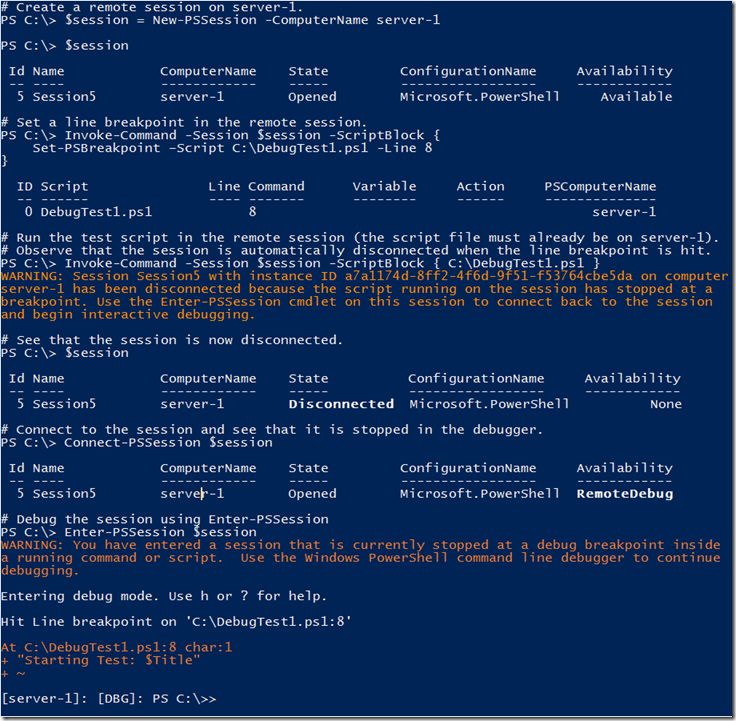


This shows a simple example of how we can troubleshoot what functions are beingĬalled with what variables exist in their place, while also seeing what functionsĪre being called when we also want to see the variable's value, if this is the route developers need to use. A good technique to use is how long does the troubleshooting take? These may be scripts where you want to add a log of what commands were called when the script executed. In the second snippet, we replace the variable:Įven if this script failed, this script lacks complexity and troubleshooting would be very quick. In PowerShell ISE by saving the executed code to a log file. In the next two code snippets, we do this In the next few examples, we'll look at saving an add content command to a file. If we're using a later edition of PowerShell, we can use the debugger, but if we want to keep a log of some commands - especially dynamic commands, we can save these commands with their variables to a file. If several values are permanently set - like an example where the file location, server and database are always the same, I may only want to track the changing values. As an example using this tip, I might want to log all the variables in the script being used when it's called (see final example below this), if each of those variables change based on a configuration file, table, etc. This will result in you hitting your breakpoint.When debugging or tracking commands called in PowerShell, we may want to log what code is executed withĪnd without the variable names replaced (in rare situations we may want both and we'll look at examples with either). Starting a debug session will start PowerShell, attach, import your module and call your code. You can now set a breakpoint in your source files. Next we pass the –Command parameter to import and execute our cmdlet. If you do not provide –NoExit the PowerShell window will immediately close after running the command.

The –NoExit parameter will cause the PowerShell window to stay open so you can continue using it to repeat commands and continue to test. While starting PowerShell, Visual Studio will now pass the arguments we supplied. \Test_SampleCmdlet.dll -Verbose Test-SampleCmdlet -FavoriteNumber 8 -FavoritePet Dog". Simply change your Application arguments to -NoExit -Command "& Import-Module. However, using Application arguments you can have Visual Studio import and even execute your cmdlet for you. Once PowerShell starts you will first have to import your module using the Import-Module cmdlet and passing in the location of the dll. At this point you can start a debug session and Visual Studio will start and attach to a new PowerShell session and allow you to set and hit breakpoints. On my system it is in C:\Program Files\PowerShell\7. From the Properties window select the Debug tab.Ĭhange the Launch: dropdown to Executable. Right-click on the project from the Solution Explorer and select Properties. With our project created open the Test-SampleCmdlet.csproj file in Visual Studio. From within that folder I will run the following command. For this example my folder will be called Test-SampleCmdlet. Create and navigate into a folder that you want to hold your PowerShell module. With the template installed we can now create our sample project. Run the following command in a PowerShell session to install the template. This will make creating our sample binary PowerShell module much easier. Visual Studio Enterprise 2019, version 16.6.4įirst thing I am going to do is install the PowerShell Standard based C# module template.NET Core and debug it using Visual Studio.Īs of this writing I am using the following: In this post we will create a sample binary module using. However, information on how to setup Visual Studio to debug that module was harder to find. I have found lots of information on How to Write a PowerShell Binary Module.


 0 kommentar(er)
0 kommentar(er)
